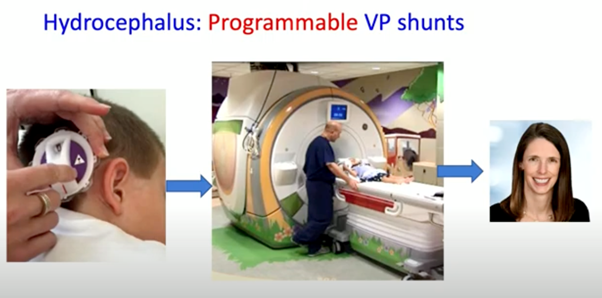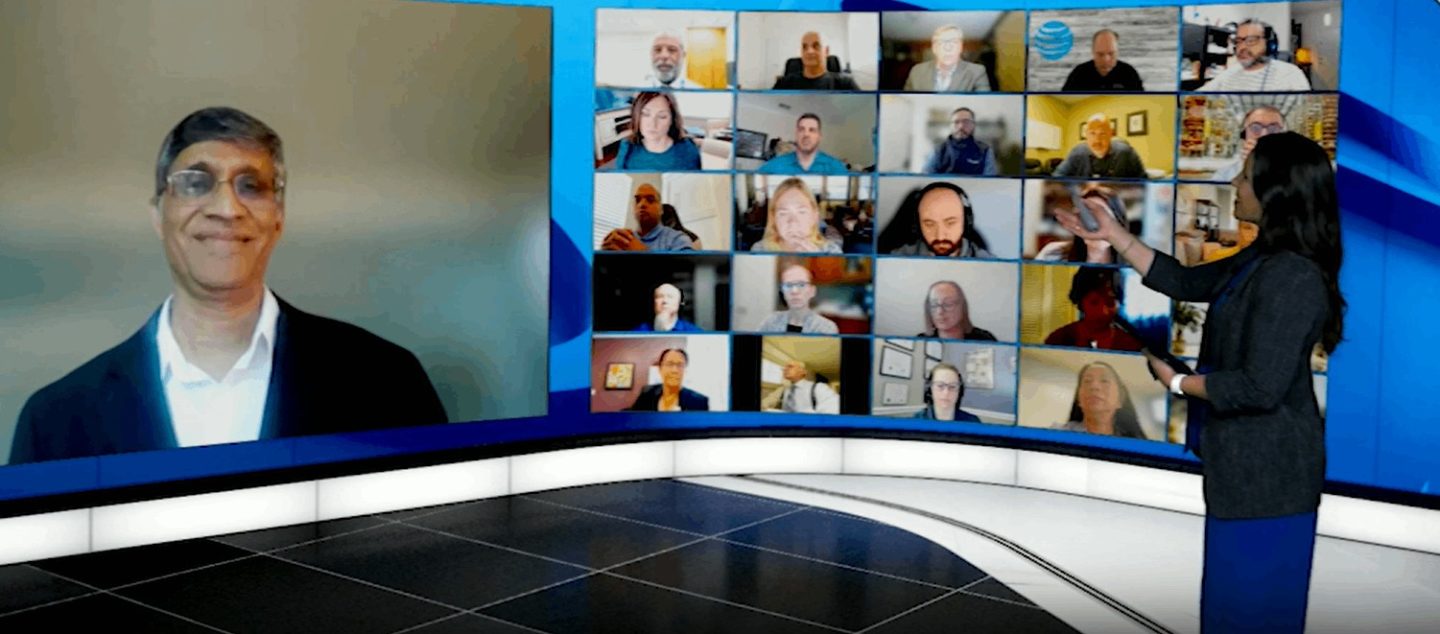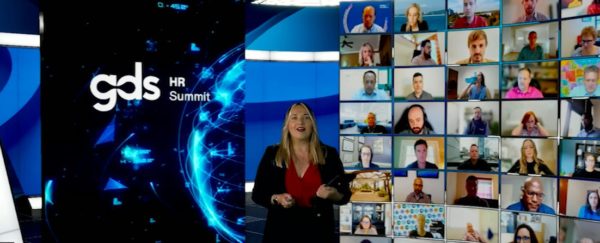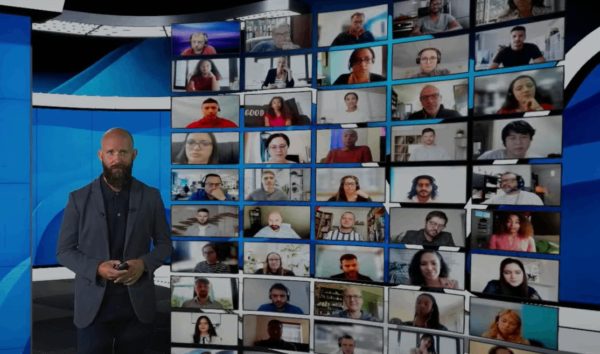Table of contents:
| Using data to improve patient outcomes | 1 |
| A real-world example | 2 |
| The ‘DoorDash’ experience | 2 |
| From hate mail to fan mail | 3 |
| Three keys | 3 |
| Conclusion | 4 |
Using data to improve patient outcomes
Leveraging health data to its fullest can revolutionize patient well-being. And what could be more important than improving outcomes for our youngest population? We got a picture of just what data can do at our latest GDS Group Healthcare Summit.
Phoenix Children’s Hospital is the sixth-largest children’s hospital in the United States. Leading the charge in putting data to work for the betterment of pediatric health is Dr. Vinay Vaidya, MD, who delivered one of the headlining keynote addresses at our Summit.
Dr. Vaidya’s 25-year journey in healthcare began as a bedside physician in a pediatric ICU. Today, as Senior Vice President & Chief Medical Information Officer at Phoenix Children’s, he channels his energy toward clinical data, with a fervent dedication to supporting exceptional outcomes in clinical excellence. It’s a journey he describes as “very gratifying and rewarding.”
Speaking to our audience of healthcare practitioners, insurers, payers, and technologists, he shared how harnessing health data can pave the way for a healthier future for patients everywhere.
A real-world example
To illustrate the power of a dashboard, Dr. Vaidya walked through a real-world example of how neurosurgeons are successfully using data to deliver the best possible care to children suffering from hydrocephalus, a condition where excess fluid in the child’s brain builds dangerous pressure within the brain tissue.
For these little patients, surgeons often use a device called a shunt, inserted into the brain, to drain the fluid. Dr. Vaidya says the critical feature of the device is the valve, which controls the level of pressure, depending on what the patient needs.
“They have to select the right pressure—just like the Goldilocks optimum—not too high, not too low,” said Dr. Vaidya.
It used to be that adjusting the pressure required surgery, but today, some devices are programmable with a special external magnet the surgeon uses to adjust the pressure. This is a great advancement for patients.
“All is well and good,” Dr. Vaidya told the attendees, “Until this patient goes in a mega-magnet.”
Of course, the mega-magnet the doctor was referring to is the magnetic resonance imaging machine, or MRI. While this exam offers neurosurgeons important pictures of what’s happening in the child’s brain, it could interfere with the valve’s pressure settings.
“These shunts are safe,” assured Dr. Vaidya, but he says they do require an important additional step. “As soon as the MRI is completed, the neurosurgery staff has to re-adjust the pressure.”

It’s understandably crucial, therefore, that the radiology team scheduling and conducting the MRI and the neurosurgery team caring for the patient share information. If it isn’t abundantly clear which patients have the magnet-sensitive valve and which do not, a patient may be sent home following an MRI without having the valve adjusted.
To prevent this, it’s data to the rescue! Dr. Vaidya and his IT team created a dashboard that identifies all patients with magnetic shunts who are scheduled for MRIs. The dashboard then picks up on whether they have a follow-up appointment scheduled for neurosurgery. If they don’t, the dashboard flags it.
The ‘DoorDash’ experience
Understanding that neurosurgeons and schedulers may not be checking dashboards with the same gusto as IT leaders, the team at Phoenix Children’s decided to automate the alert process with a daily email delivered to all the pertinent people.
They even planned for alerts in the case of a patient coming into the Emergency Department and needing a non-scheduled MRI. In that scenario, a text is sent to the child’s physician, alerting them to the test so they can proactively schedule a follow-up.
“We ‘DoorDash’ the dashboard data to the physicians wherever they work,” quipped Dr. Vaidya, likening the hospital’s data delivery to the at-your-service nature of the popular food delivery app.
Getting the data to the right people at the right time truly has made a difference. Five months post-implementation, the hospital is reporting ZERO missed opportunities to check valve pressure, keeping patients as healthy as possible.
From hate mail to fan mail
So, how did Phoenix Children’s get its people to embrace the power of data? At a time when providers are already stretched thin, is the burden on them to capture even more data in electronic medical records (EMR), or the digital version of patient charts? Thankfully, the hospital has found that most of the time, creating such useful dashboards doesn’t require any additional data, and that’s been the key to securing buy-in.
“They’re already overburdened, and we’ve heard about the burnout,” said Dr. Vaidya. “To get physician engagement, the solutions have to be quick and rapid.”
Indeed, we asked our audience of healthcare summit attendees about their challenges in harnessing data to improve patient outcomes and coming in at number one: resistance to change and adoption. Nearly half of the respondents said overcoming those mindset barriers is their organization’s biggest challenge.
Commenting on the poll results, Dr. Vaidya told attendees how closely he could relate, but that he has seen the resistance “melt away” once the clinicians see the tools and experience the value they provide. While it’s an everyday effort, he’s found that building close relationships between clinicians and IT, and embedding IT clinically, has changed the dynamic 180 degrees. From complaints about digital records systems, to praise for what the new data-driven tools make possible.
“If you’re dealing with the EMR, you get hate mail,” lamented Dr. Vaidya. But he continued, “if you’re dealing with data and giving the physicians value, you get fan mail.”
Three keys
To create that value, Dr. Vaidya advised that data solutions should do three things:
- Be meaningful for the physicians
- Deliver information quickly
- Bring that information to wherever the physicians are
“It doesn’t matter what your vendor is. It is not about the colorful, fancy, interactive dashboards,” he said, “it matters how you use the data.”
In closing, he encouraged attendees to just get started! It won’t happen overnight, but every healthcare system can improve patient outcomes by realizing the value of data.
Conclusion
Dr. Vinay Vaidya’s insights showcased at the GDS Group Healthcare Summit illuminate the potent impact of harnessing data for improved patient outcomes.
Guided by Dr. Vaidya’s three keys – meaning, speed, and accessibility – healthcare’s transformation gains direction. His message champions gradual progress, highlighting that each step toward data-driven change enhances patient well-being and empowers healthcare systems to shape a healthier future.
Amid the complexity of healthcare’s journey, data emerges as a powerful catalyst, fostering collaboration between clinicians and IT, bridging challenges with solutions. Dr. Vaidya’s call to action encourages stakeholders to embark on this transformative path, emphasizing that the true value of data lies not in its intricacy, but in its profound ability to drive lasting improvements in patient health.
To get more insights into the data analytics sign up to GDS Explore to read our exclusive article ‘How your business could benefit from exploring data analytics’.
—–
Looking for ways to accelerate your sales cycles, engage in industry conversations, and achieve better outcomes? Look no further than our digital summits – our unique 3-day digital event experiences that bring together senior executives and solution providers.
Our recent Data & Analytics North America Summit ended with an impressive average content attendance of 95% and a meeting completion rate of 115% against target.
Partnering with GDS Group can help you get in front of the right people at the right time.
Don’t miss out on the opportunity to attend one of our unforgettable event experiences that promise to leave you feeling inspired and empowered.
Check our calendar now and join us. We can’t wait to see you there!











